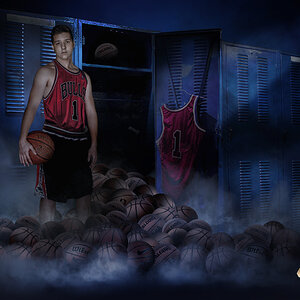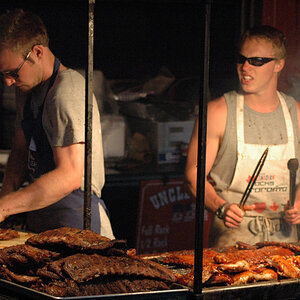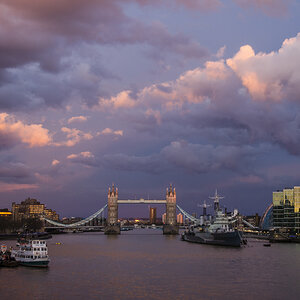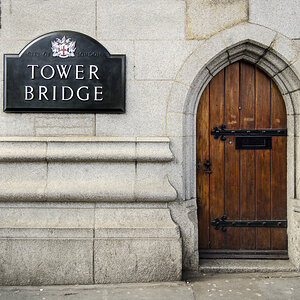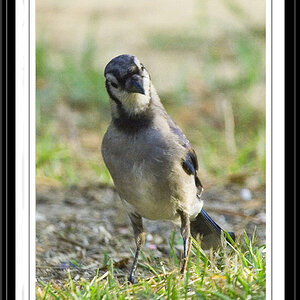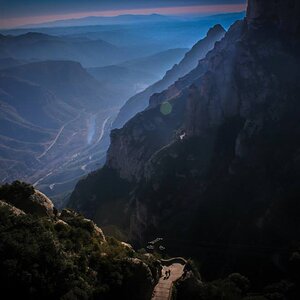Fire
TPF Noob!
- Joined
- Dec 31, 2013
- Messages
- 34
- Reaction score
- 7
- Location
- Seattle, Washington
- Can others edit my Photos
- Photos NOT OK to edit
Hi! I'm a longtime lurker, short-time poster, and the guy with the lit name. I was wondering for some help. I tried searching a little bit for things like "portrait posing" or "posing for a photo tips" and nothing really resulted to my taste.
I'm interested in learning to get better at portrait photos and have a pretty nice D7500 with some good glass. I can take a pretty good photo of somebody, but people tend to be awkward because I don't really pose them (mostly my girlfriend, and close friends).
I was curious for your tips on posing people for portraits, if you had any expertise, or links, or both! I'm learning to experiment and want to have some more fun. Additionally, if you had any of the things above but for closer head-shots for professionals. I want to learn better to shoot people, with my camera
hey, i just want to say thank you in advance for taking your time to read this, and even to reply if you do. best feelings,
fire.
I'm interested in learning to get better at portrait photos and have a pretty nice D7500 with some good glass. I can take a pretty good photo of somebody, but people tend to be awkward because I don't really pose them (mostly my girlfriend, and close friends).
I was curious for your tips on posing people for portraits, if you had any expertise, or links, or both! I'm learning to experiment and want to have some more fun. Additionally, if you had any of the things above but for closer head-shots for professionals. I want to learn better to shoot people, with my camera
hey, i just want to say thank you in advance for taking your time to read this, and even to reply if you do. best feelings,
fire.





